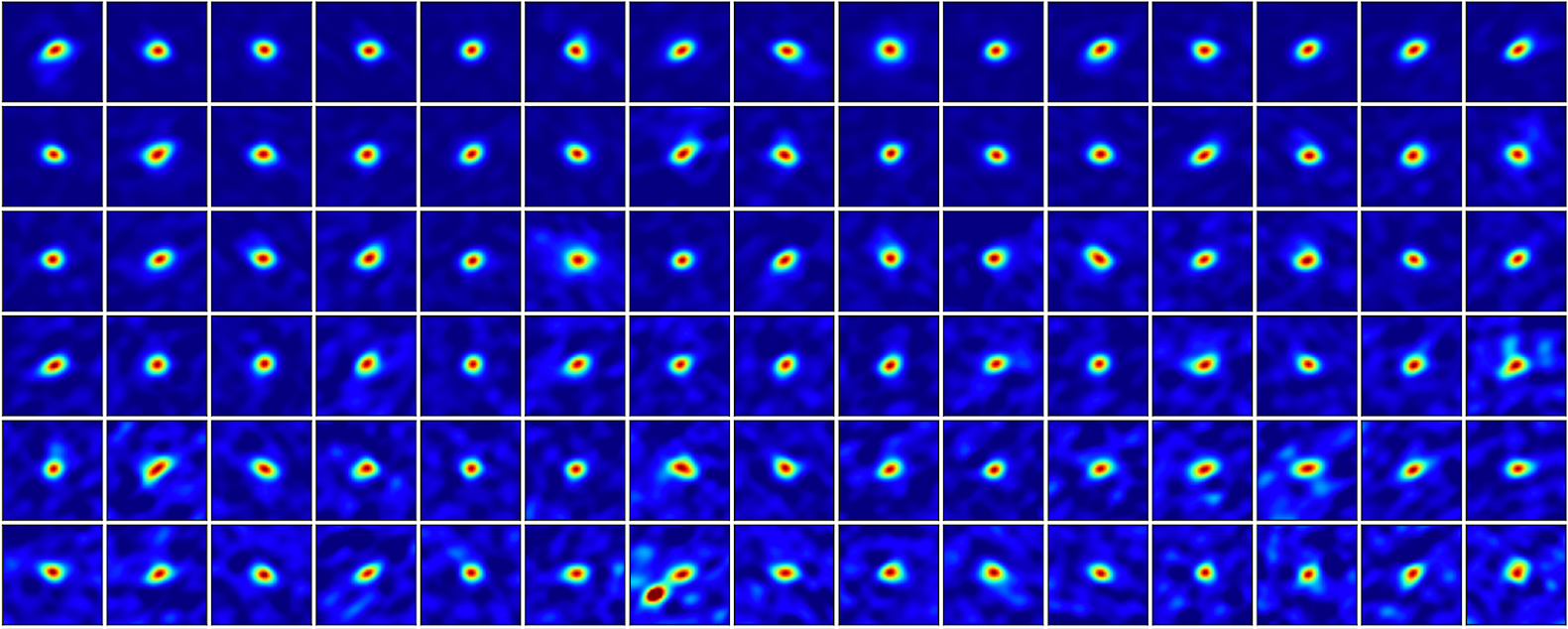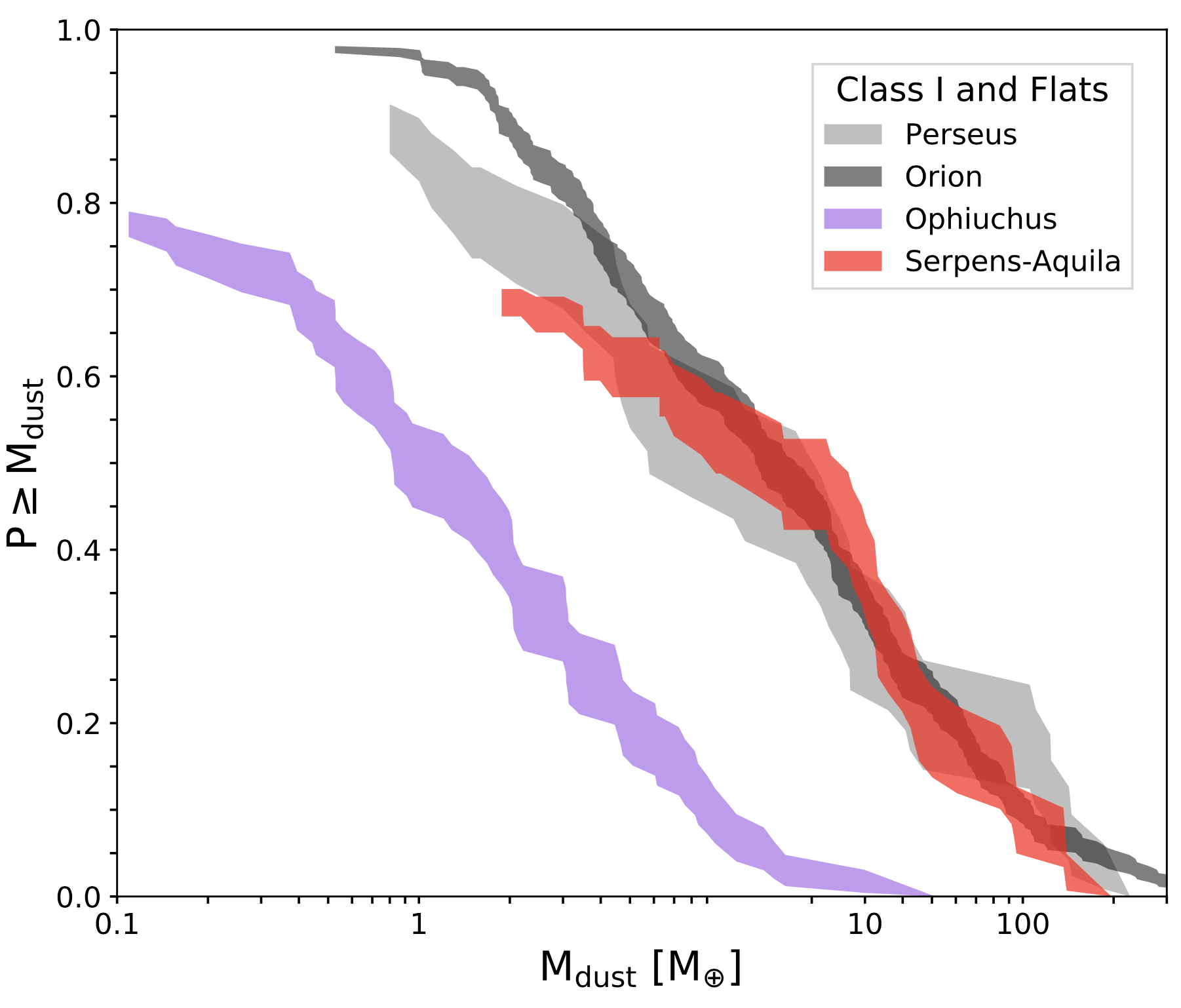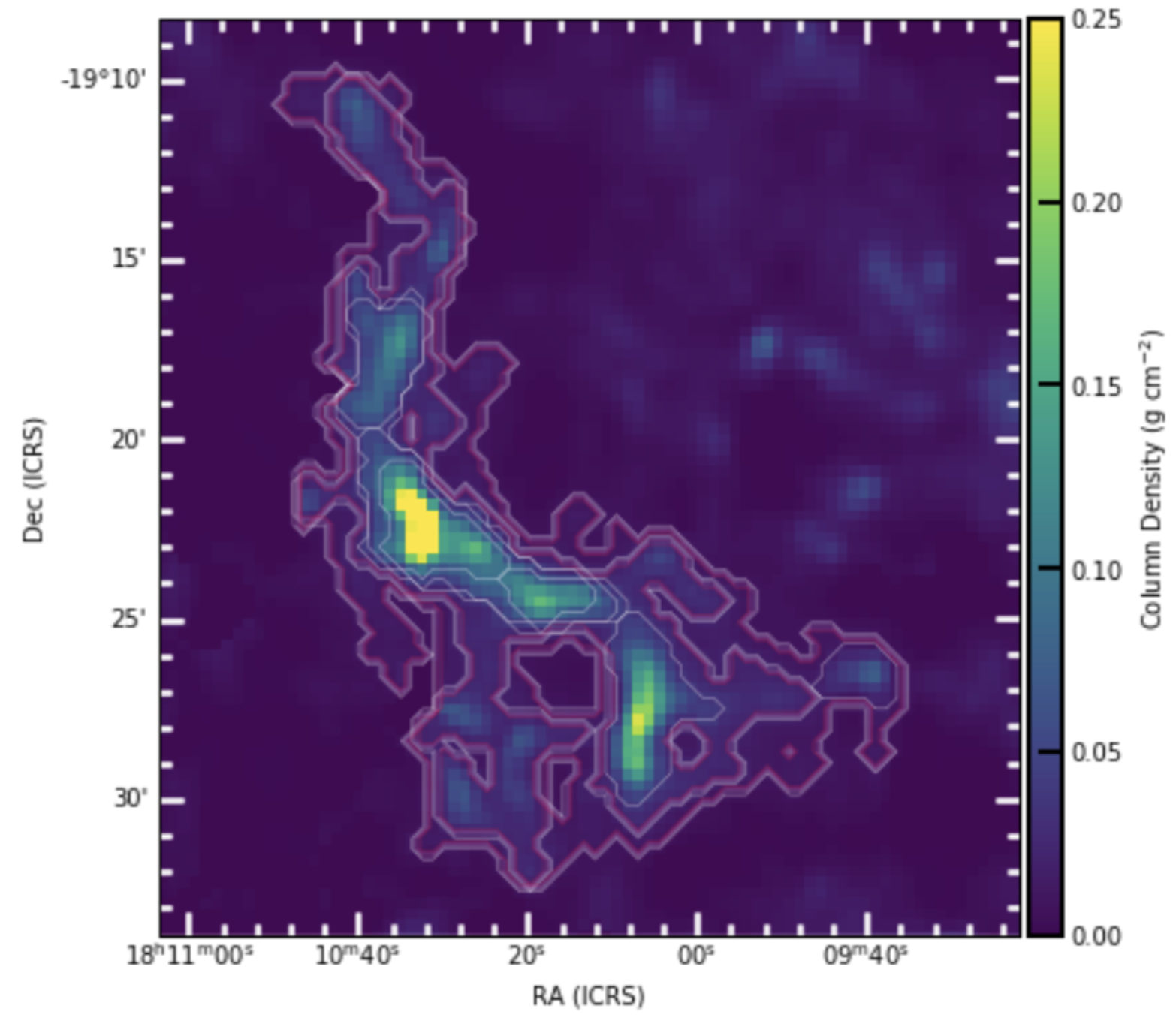About Me

Background
Hi all! My name is Alexa Anderson, and I'm a fifth-year PhD candidate at the Institute for
Astronomy at the University of Hawai'i at Mānoa. Though I was born in Tokyo, Japan, I grew up in
the town of Kailua, Hawai'i. Later, I moved to New Haven to complete my undergraduate degree in
Astrophysics at Yale University. When I'm not doing astronomy, you can probably find me eating some
of the great food that Hawai'i has to offer or watching movies.
Education
M.S. Astronomy 2022, Institute for Astronomy, University of Hawai'i at Mānoa,
Honolulu, HI
B.S. Astrophysics 2020, Yale University, New Haven, CT
Research Interests
My primary research interests are protoplanetary disks, as well as star and planet formation. I'm especially
interested in the demographics of protoplanetary disk populations, in addition to the hot, inner, planet-forming
regions of disks. In past projects, I've surveyed hundreds of protostars in Perseus and hundreds of protoplanetary
disks in Serpens, as well as conducted in-depth studies on single objects, like the dipper RECX-11 (EP Cha). I
utilize a broad range of wavelength regimes (sub-mm to X-ray) in my studies, and hope to couple together IR
spectroscopy with ALMA sub-mm observations and JWST spectra to probe the physical structures from the inner to outer disk
for my thesis. Most recently, I've begun combining these multi-wavelength observations to study CX Tau, a disk
exhibiting clear signs of radial drift.
Research

Infrared M-band Spectroscopy of Protoplanetary Disks
Advised by Dr. Jonathan Williams (IfA) & Committee: Dr. Adwin Boogert (IfA), Dr. Michael Liu (IfA), Dr. Gary Huss (UH) Dr. Geoff Blake, IfA & Caltech
In the past decade, thousands of exoplanets have been discovered and characterized, spurring an effort to understand how these
planets form and how their birthplaces affect their properties. Infrared M-band (4.6 - 5.3 μm) spectroscopy of protoplanetary disks
traces the inner 10 au (planet-forming regions) and provides information on the kinematics and chemical makeup of disk material.
For my dissertation, I will conduct a study of CO in protoplanetary disks in the M-band using NIRSPEC+AO (Keck II) and iSHELL (IRTF),
with an emphasis on analyzing inner disk kinematics. Following this, I also plan to utilize spectro-astrometry (the centroid of emission as a function
of wavelength) to map emitting radii at a milliarcsecond scale. I will then fit radiative transfer models and construct rotation diagrams to
identify the column density and temperature of these regions.
I'll apply these methods to two complementary data sets. First, I have partnered with a collaboration heading the JWST Cycle 1 Treasury Program
"A DSHARP-MIRI Treasury survey of Chemistry in Planet-forming Regions." Using my high-resolution ground-based data, I will have a detailed kinematic
framework with which to interpret JWST-MIRI spectra. Second, I am part of the ALMA Cycle 9 Large Program "The ALMA Disk-Exoplanet C/Onnection."
I hope to combine the results from my infrared work with data from ALMA to compare CO reservoirs in the inner and outer disk and investigate the
transport of volatiles.
A Multi-Wavelength Investigation of the Dynamic Inner Protoplanetary Disk of EP Cha (RECX-11)
Advised by Dr. Eric Gaidos, IfA
Young stars display an incredible range of variability. One class of these objects, "dippers," display dimming events on the timescales of
hours to days. This dimming is caused by occultation of circumstellar dust obscuring starlight, and can give vital information about the kinematics
and composition of inner, planet-forming regions of protoplanetary disks. With EP Cha (RECX-11) as a case study, I performed a multi-wavelength
analysis to learn about inner disk properties of both existing gas and dust.
To understand the gas properties and kinematics, I used Swift XRT data in conjunction with solar corona plasma modeling from XSPEC to estimate the
gas column density during and outside of occulting events. Comparing the derived column density to TESS light curves taken contemporaneously,
I determined that the optical dimming and gas column density were correlated. I also calculated accretion rates onto
EP Cha from LCO NRES spectra, and found that the source is accreting in a manner typical of T-Tauri stars.
To understand the dust properties and behavior, I developed an infrared photometry pipeline for use with the Rapid
Eye Mount Telescope. After constructing J, H, and K-band light curves, I determined that the infrared color variability
is most likely due to accretion rather than reddening. Last, in conjunction with undergraduate student Lynzee Hoegger,
we performed chemical modeling to estimate the size of different species of dust grains within EP Cha's inner disk.
Protostellar and Protoplanetary Disk Masses in the Serpens Region
Advised by Dr. Jonathan Williams, IfA

Planets are formed out of dusty "protoplanetary" disks. Though this is well established, the exact processes that
influence a planet's formation and evolution are relatively uncertain. Specifically, regions of high stellar density may
dynamically truncate or disperse disks. Similarly, massive and hot OB stars may
induce photoevaporation, changing the lifetime and chemistry of nearby disks.
To differentiate between the effects of
clustering and photoevaporation from typical protoplanetary disk evolution, I led a demographic survey of 320 disks in
Serpens, a star forming region with no massive stars and a high stellar density. Using 1" resolution data of the 1.3 mm
dust continuum and 12CO isotopologue, my work found that Serpens does not
differ significantly from other star-forming regions of a similar age, hinting that clustering and photoevaporation may not
have a strong impact on disk lifetimes and evolution. Additionally, I catalogued fifteen protostellar outflows in 12CO and
identified a candidate Class 0 source embedded deeper within the Serpens cloud. To see more, visit
here.
Using Dark Clouds to Understand Distant Galaxies
Advised by Dr. Jens Kauffmann & Dr. Hector Arce, MIT Haystack Observatory & Yale University, NSF REU & STARS II Fellow

Star formation rates in dark molecular clouds are often related to gas mass above a certain density threshold. However,
it is unknown if this relation is universal, especially amongst different gas species between clouds. I analyzed several molecular species across a variety of clouds,
focusing on IC5146. My work found that this relation didn't hold for the canonical molecule HCN between clouds or within IC5146, indicating
that star formation estimates using this relation alone may be more uncertain than their quoted error bars. Additionally, I
wrote code to interface with IRSA's IPAC database to retrieve variable-sized cutouts of images from all missions available.
Mapping Protostellar Outflows in Perseus
Advised by Dr. Hector Arce, Yale University
I created moment 0 and contour maps from data cubes to identify protostellar outflows and morphologies in several
different molecular species.
Satellite Galaxy Evolution in Colorspace
Advised by Dr. Marla Geha, Yale University, Science, Technology, and Research (STARS) Summer Fellow
I studied
the evolution of satellite galaxies in the summer of 2017. Using Flexible Stellar Population Synthesis modeling code, I analyzed how
the colors of satellite galaxies in the Satellites Around Galactic Analogs (SAGA) Survey would change over time. I presented my work
at the
STARS Summer Symposium .
Contact
Email: alexaand@hawaii.edu
Office: B-101, Institute for Astronomy, Mānoa Campus



